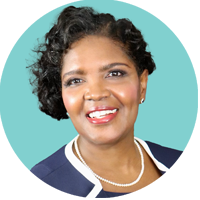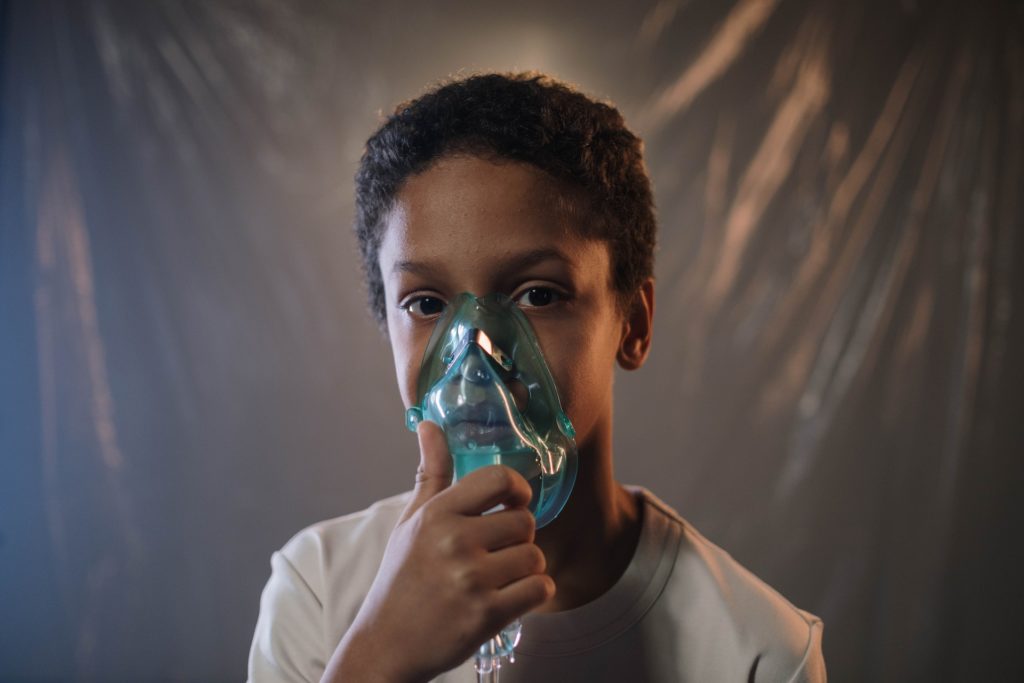By Dr. Karen Smith, MD, The Old North State Medical Society
For a large duration of the pandemic, we’ve heard of people who have recovered from COVID-19 infections and report lingering symptoms that continue to impact their lives even after recovering from the illness. ‘Brain fog’, fatigue, respiratory issues, and neurological symptoms are just some of the ailments reported. ‘Long COVID’ as it’s called, or post-COVID-19 syndrome, is a relatively new phenomenon (that has some similarities with established conditions) caused by a relatively new coronavirus that scientists and medical professionals are just starting to understand. What do we know about this so far?
Anyone is susceptible to developing this condition. Risk factors for developing Long COVID have not been clearly delineated. We know that smoking, diabetes, hypertension, and other conditions may lead to more severe bouts of COVID-19, but that doesn’t necessarily translate to the development of post-COVID syndrome. The initial severity of the illness seems to have some correlation to long-term ailments, but people with mild symptoms have also developed the syndrome. Research is underway to find out why certain people are affected.
It’s very prevalent. According to the Mayo Clinic, between a month and a year after contracting COVID-19, 1 in 5 of those ages 18-64 have at least one condition that may be due to their COVID-19 infection. That figure rises to 1 in 4 for those who are 65 and older. Harvard estimates that the number of those in the US with long COVID equals about 20% of COVID patients or nearly 23 million people; 4 million of them are unable to work. According to another study, approximately 15 million people have difficulty with their sense of smell, and another 12 million struggle with their sense of taste.

Long COVID means many ailments. Fever, fatigue, shortness of breath, cough, and issues with cognition are the symptoms most reported by those with long COVID, but there are many significant health issues that fall under that umbrella. Diarrhea, blood clots, pulmonary embolism, tachycardia, joint and/or muscle pain, neuropathy, sleep problems, dizziness, and difficulty thinking or concentrating. Damage to the lungs, kidneys, nervous system, and other organs is also possible.
There is no specific treatment as of yet. Long COVID encompasses more than 200 different symptoms and 50 conditions, and the syndrome is not even completely defined. All of these attributes make the development of standard treatment exceedingly difficult. There is some evidence emerging that insinuates fragments of the virus are responsible for the perpetual symptoms because they continue to stimulate the immune system. Other theories include microscopic blood clots blocking oxygen flow to tissues and long-term damage to the gut microbiome. Further hypotheses implicate multiple causes of long-COVID, but nothing as of yet offers a solution.
There is one thing that has been shown to reduce the risk of long COVID: vaccination. A letter in the Journal of the American Medical Association published results from a longitudinal observation study that two or three doses of the vaccine reduced the rate of long COVID in Italian healthcare providers. Previous research found that the rate of long COVID was reduced by 15% among older and mostly male US veterans, and a systematic review found that vaccination was associated with reduced risks or odds of long COVID.

Dr. Karen Smith specializes in family medicine in Raeford, North Carolina. For more than 20 years, Dr. Smith has provided treatment for Hoke County residents of all ages through a family medicine practice that she owns and operates. Dr. Smith is an avid supporter of social service efforts that address rural citizens such as food-related health disparities, afterschool programs and guidance, substance use issues, and sharing pertinent health information. She successfully implemented electronic health records with telehealth as a part of her delivery of care, which provides acute, chronic, and preventive services to the region’s diverse patient population.

